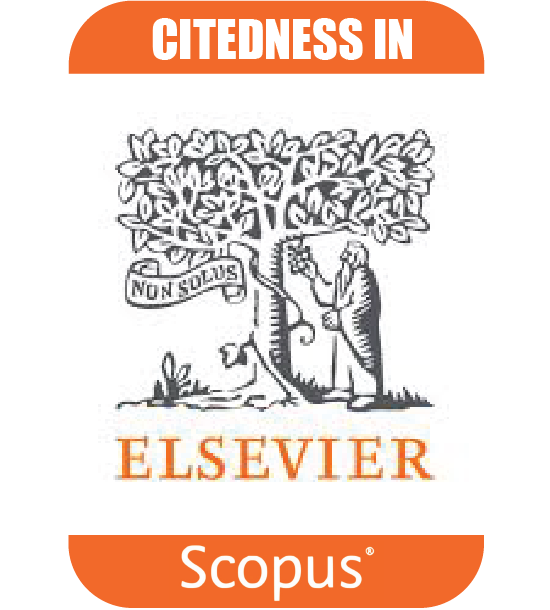PARTISIPASI MASYARAKAT KOTA LASEM LAMA DALAM PENETAPAN KAWASAN CAGAR BUDAYA PERINGKAT NASIONAL
DOI:
https://doi.org/10.55981/amt.2022.20Keywords:
Public Archaeology, Lasem, Peranakan, Arkeologi PublikAbstract
Abstrak. Kawasan Kota Lasem Lama direkomendasikan untuk ditetapkan sebagai kawasan cagar budaya peringkat Nasional. Pekerjaan penting dalam proses tersebut antara lain pemetaan kawasan cagar budaya. Partisipasi masyarakat Kota Lasem Lama dalam pemetaan cagar budaya ideal untuk dilakukan karena hampir seluruh objek kajian berupa tempat publik dan rumah-rumah pribadi. Artikel ini menguraikan proses pemetaan cagar budaya Kota Lasem Lama yang dilakukan bersama masyarakat kawasan tersebut. Pemetaan ini menghasilkan gambaran kondisi saat ini pada warisan budaya bendawi yang terdiri atas 235 bangunan berarsitektur Indis, Cina-Indis, Cina, dan Cina-Jawa yang mewakili kejayaan Kota Lasem pada peralihan Abad 18–19 M. Terdapat juga rumah-rumah yang mencirikan arsitektur Cina yang mewakili masa yang lebih tua di Lasem. Selain 235 bangunan dan jaringan jalan yang membentuk ruang kota tersebut, juga terdapat sodetan Sungai Babagan dan beberapa artefak dan fitur di Masjid Jami Lasem, antara lain prasasti yang menunjukkan pendirian Masjid pada abad ke-16, memolo kuno yang berhiaskan stilir figur Kala, serta makam tokoh-tokoh ulama dan penguasa Lasem pada abad ke-16. Melalui partisipasi masyarakat dalam pemetaan cagar budaya Kota Lasem Lama, aspirasi masyarakat tentang pelestarian kawasan tersebut sebagai cagar budaya juga dikumpulkan sehingga menghasilkan embrio badan pengelola kawasan cagar budaya Kota Lasem Lama.
Kata kunci: Arkeologi Publik, Lasem, Peranakan
Abstract. Old Lasem City’s Community Participation in The Designation of a National Cultural Heritage Preservation Area. The Old City of Lasem is designated to be National Cultural Heritage Area. Important work in the process includes mapping the cultural heritage area. The participation of the Old City people in the mapping project is ideal because almost all heritages are public places and private houses. This article describes mapping the cultural heritage area, which was carried out with the people of the Old City. This mapping produces a description of the existing condition of material cultural heritage, which consists of 235 buildings with Indies, Chinese-Indies, Chinese, and Chinese-Javanese architecture that represents the glory of Lasem City in the 18–19 AD. Some houses characterize Chinese architecture depicting an older era in Lasem. In addition to the 235 buildings and road network that make up the city’s space, there is also a canal of the Babagan River and several artifacts and features at the Jami Lasem Mosque, including the inscription that determined the establishment of the ancient mosque in the 16th century, ancient “Memolo” which was decorated with the stylized figure of Kala, as well as the tombs of scholars and rulers of Lasem in the 16th Century. Through community participation in mapping the cultural heritage of the Old City, aspirations about the Old City’s heritage preservation are also compiled, resulting in the embryo of a management body for the cultural heritage area of Old Lasem City.
Keywords: Public Archaeology, Lasem, Peranakan
Downloads
Published
How to Cite
Issue
Section
License
Copyright (c) 2023 Yosua Adrian Pasaribu, Agni Malagina, Nadia Purwestri, Feri Latief, Hakam Kurniawan

This work is licensed under a Creative Commons Attribution-ShareAlike 4.0 International License.








